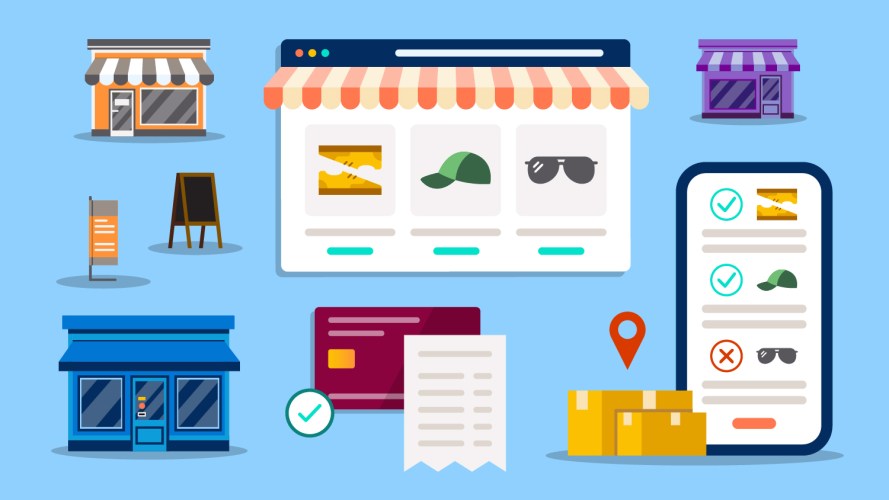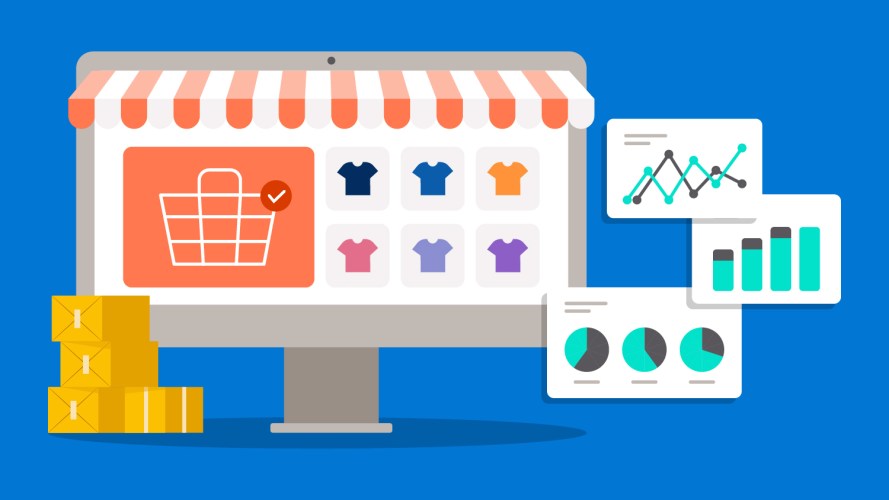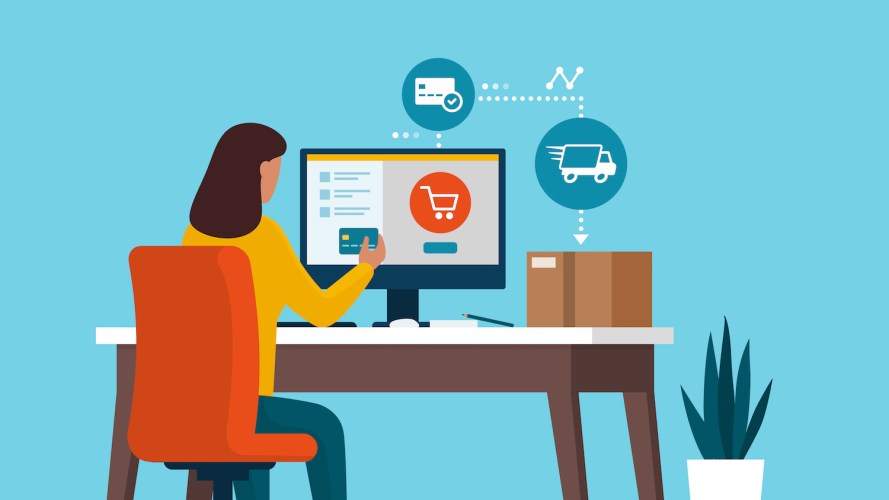Only 23% Of Consumers Trust the Health Industry — Here’s How Ecommerce Can Help



Healthcare companies need commerce strategies that make customers feel safe and understood. Here’s our guide to developing that trust.

Lauren Wallace
Without customer trust, what do you have? Loyalty, reputation, and revenue are all built on it.
However, only 23% of consumers say they completely trust the health industry. That’s a big gap, but it’s also a big opportunity. For healthcare businesses that manage sensitive personal data, the stakes are high — especially as they make major inroads to digital transformation and adopt healthcare ecommerce.
As providers, manufacturers, and pharmaceutical companies open digital front doors to engage with patients and B2B buyers beyond traditional in-person visits, building trust with these new channels is critical. So how do organizations establish trust and make it a defining aspect of their healthcare ecommerce initiatives? Data security is a major piece of the puzzle, but trust also requires commerce strategies that make patients feel understood. Here’s how to make it happen.
Ready to improve patient experience and health outcomes?
Open your digital front door to engage with patients anywhere.



First thing’s first: compliance
Before patients purchase from your storefront, log into a portal to view test results, or use your app to book an appointment, they want assurance that their sensitive health information is safe. After all, 80% of consumers say that privacy and data security are vital parts of their care. This all boils down to compliance with HIPAA and other security regulations.
For healthcare ecommerce leaders and IT professionals tasked with choosing the right platforms and solutions to keep personal health information secure, it can feel overwhelming. To keep valuable data safe, all features and functionalities — from login to checkout — must be continually monitored. Commerce leaders should also consider added layers of security, like data encryption.
The best place to start: be clear about responsibilities and liabilities when you choose your ecommerce partners. Dedicate time to developing a detailed, thorough Business Associate Agreement with each partner or vendor. This document is a contract that makes responsibilities and obligations around data protection crystal clear. It establishes an agreement across your architecture, security, compliance, and legal teams.
A good partner, with a proven HIPAA compliance track record, will stand behind the security of their technology and work with you to draw up an agreement your team is comfortable with. The more trust you establish with your partner during this process, the more trust you ultimately build with your patients and customers.
Create easy-to-navigate digital customer experiences
Data security and compliance are critical factors when it comes to building trust, but they’re not the only part of healthcare ecommerce experiences that matter. Smooth, easy-to-navigate websites, online portals, and storefronts are necessary as well. In fact, 64% of consumers under the age of 65 believe that healthcare providers with better online capabilities are more likely to deliver better service.
What online capabilities are patients and B2B buyers looking for? They’re interested in transparent pricing, streamlined checkout flows, helpful resource centers, and the ability to interact how, when, and where they want. For 52% of consumers, it’s very important that their providers respond to them in the channels they prefer. Instead of calling for support, connected consumers want to open a chat window on desktop, send an in-app message, or search a resource center for pertinent health information.
A compelling healthcare ecommerce website will get patients through the digital front door with informative articles, patient communities where they can connect with others, and searchable products that meet specific needs. To meet rising patient expectations, providers must offer easily navigable sites with ecommerce capabilities, crowdsourced knowledge, and online scheduling.
Drive stronger relationships with AI and personalization
Once secure portals and storefronts are launched, healthcare companies build trust with their patients and buyers the same as any other: through a demonstrated understanding of customer needs. This means creating personalized experiences — like relevant recommendations and timely follow-ups. The challenge? Personalizing digital healthcare experiences at scale. Here’s how AI can help.
Offer individualized recommendations
With AI, healthcare companies can uncover insights and act on them quickly to build trust. For example, if a patient adds an insulin pump to their cart, predictive AI can recommend related products that are often ordered together — like alcohol swabs and infusion sets. These features create a stellar healthcare ecommerce experience while improving patient outcomes.
Send tailored, timely communication
As a healthcare company, your patients and customers want to hear from you. In fact, 44% of consumers expect healthcare brands to proactively contact them to improve the overall care experience. Use AI to send personalized confirmation messages when a patient schedules a visit. Keep patients and B2B buyers in the loop post-purchase by sending automated tracking details. These messages build trust by offering reassurance that you are invested in making the patient/customer journey as smooth as possible.
Help patients manage costs
AI can also be used to help patients manage costs and navigate the complexities of healthcare. For example, if a patient adds an HSA-eligible product to their cart and goes to check out, an AI-powered notification could remind them of the balance in their account. AI can even let them know that their HSA balance is expiring soon — and suggest relevant products to ensure no allocated funds go unused. Ultimately, healthcare ecommerce experiences like these establish trust by demonstrating that you are committed to improving outcomes and easing burdens for patients.
What drives trust in healthcare and life sciences?
We asked 12,000 global healthcare consumers — here’s what they had to say.


























